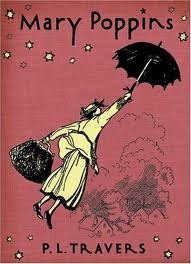 Ramona is in the 3rd grade and she is experiencing things that she has never had before, both good and bad. Ramona has an enthusiasm for life that no one can take from her and often rubs off on people. Throughout the text we watch Ramona do some crazy things but also some things that she believes to ruin her reputation.
Ramona is in the 3rd grade and she is experiencing things that she has never had before, both good and bad. Ramona has an enthusiasm for life that no one can take from her and often rubs off on people. Throughout the text we watch Ramona do some crazy things but also some things that she believes to ruin her reputation. Connecting to the Standards
Grade 2 L (3): Use knowledge of language and its conventions when writing, speaking, reading, or listening. A: Compare formal and informal uses of English
- Students will meet this standard by writing a letter to their future self, and making the choice how to write the letter to themselves.
- Students will meet this standard by making sure they have the proper letter format when writing a letter to their future self. The letter format would have already been taught to the students.
Learning Outcome
After finishing reading Ramona Quimby, Age 8, students will write a letter to there future selves about anything they want with 80% accuracy.
Adapted to the Classroom
Prior to reading this text we would have already read the books prior to this one in the series. Since my students would be in the second grade we would read this towards the end of the year. After we finished reading this students would then write a letter to themselves, but the letter would not be given to them until the next year when they are in the 3rd grade. This letter could be about anything the student wanted to write about. Whether it be out Ramona gets through the 3rd grade and being 8 years old, or something that is is more personal.
Bloom's Taxonomy
Based on the text that was read, make an inference on what you think will happen next. (Comprehension)
What age is Ramona during this book? (Knowledge)
Differentiation
For students who finish writing their letter early, they will be given another task of writing a letter for themselves 5 years down the road about anything they want.
For ELL students, they will be given the option to write their letter in their native language


